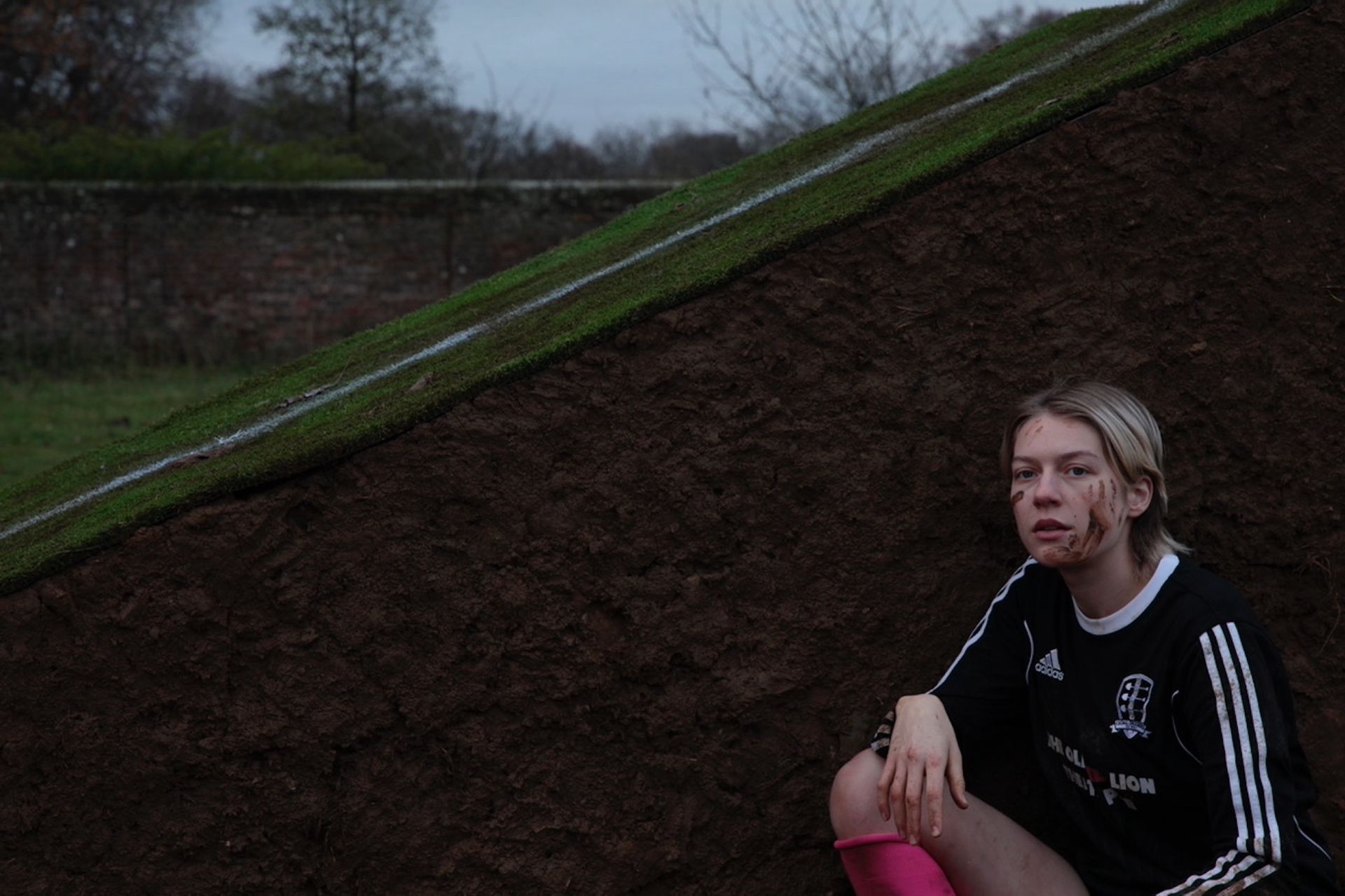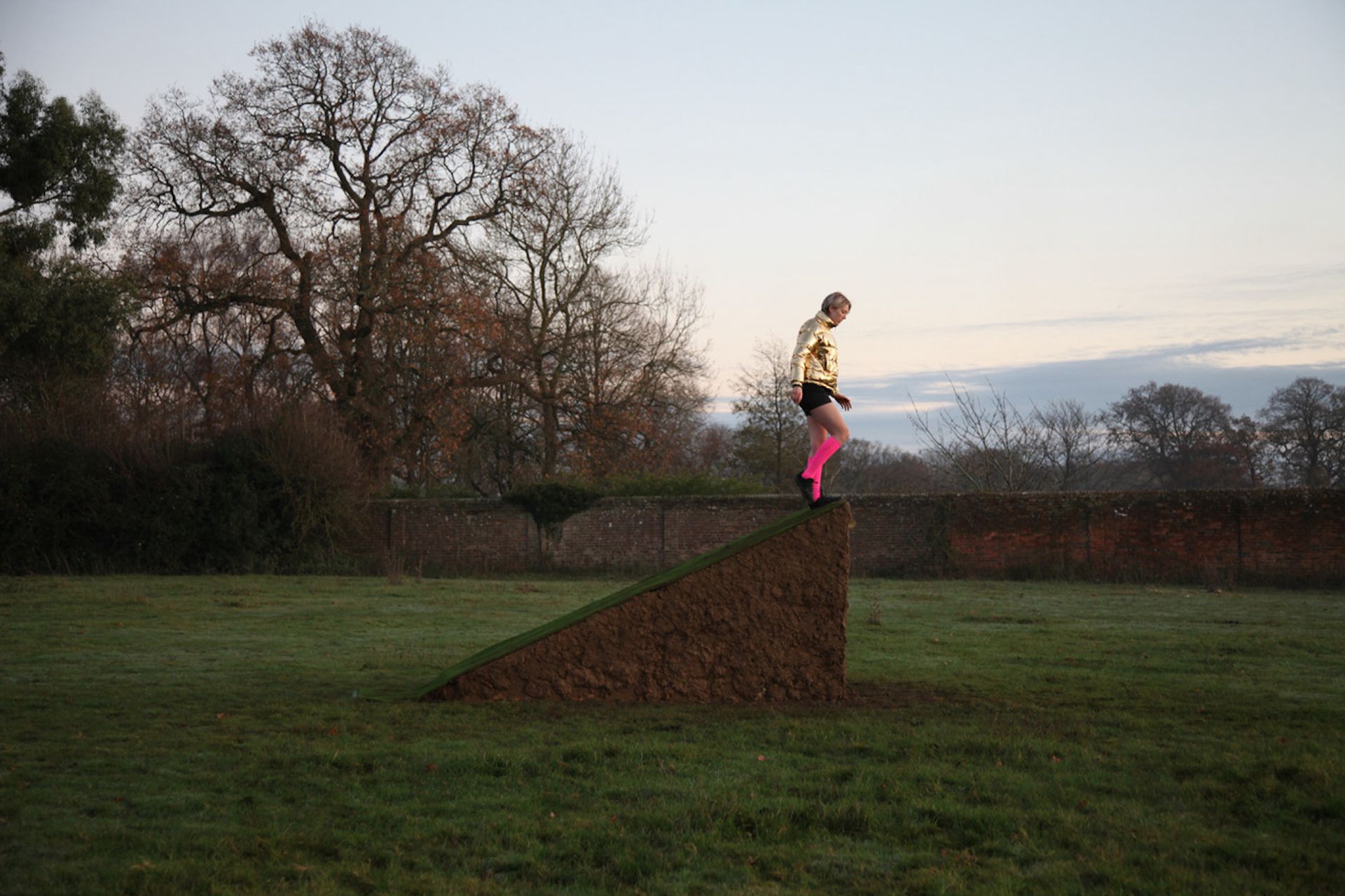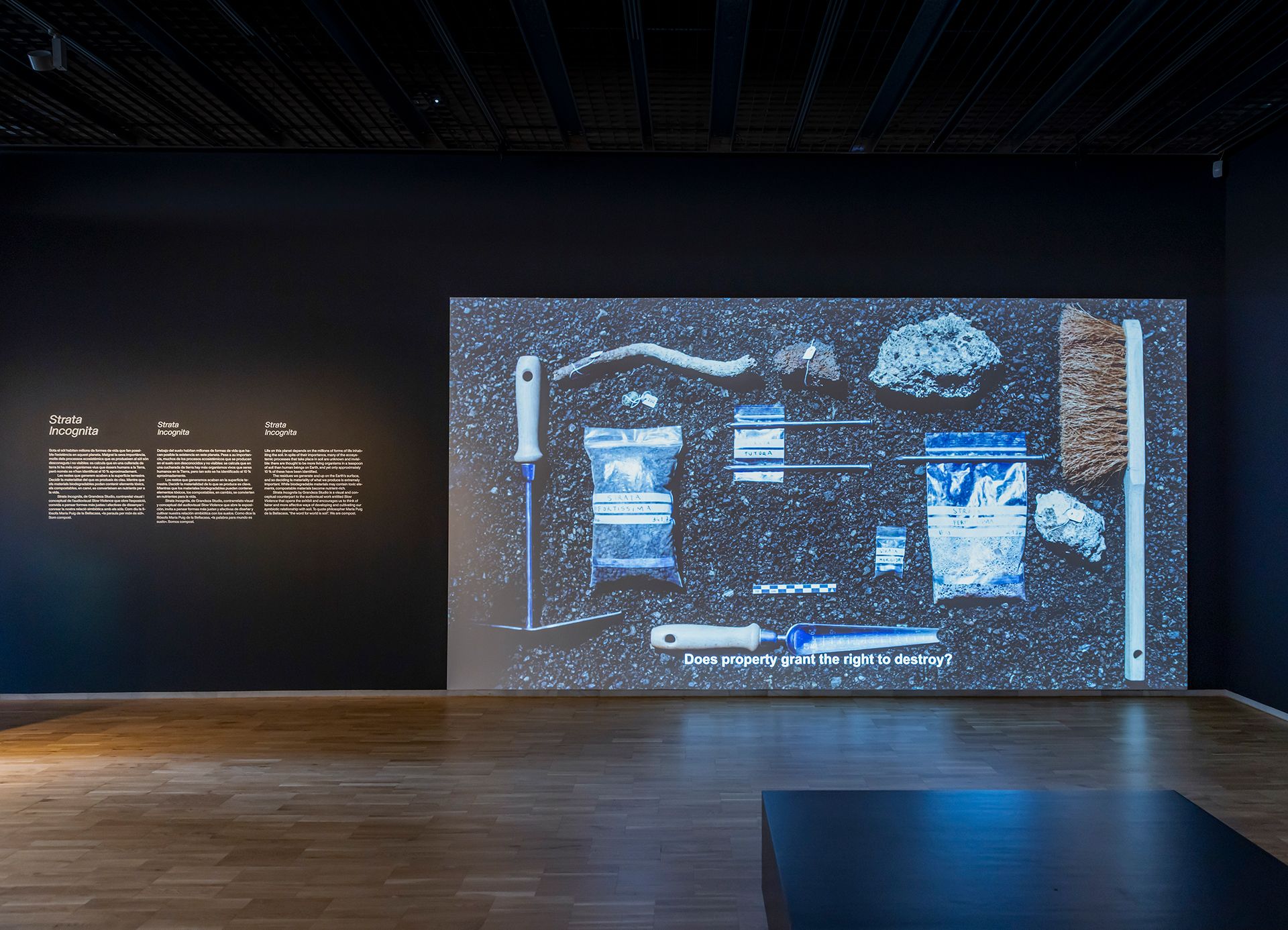This thesis frames grassroots womxn’s football as a radical act: it is a tool to be utilised in order to shift perceptions of how womxn can occupy public space.
With this in mind, what if we were to change hackney marshes football pitches to a womxn only space? How might this happen, and what might the consequences be?
In order to make meaningful progress towards equality for womxn in society, can we use space or in the case of this design thesis the ‘football field’ as a tool to make informed decisions regarding the ‘fields’ of planning policy and nuanced architectural design.
The project was developed at the Royal College of Art.

KOOZ What prompted the project?
EW Being aware of the inherent historical and contemporary link between womxns football and feminist movements – womxns football was at its most popular when Munitions factory teams were born out of working class women being given the opportunity to go to work during world war one. The field of work was intrinsically linked to the football field. The football matches allowed the women to gather in a space that was not just the workplace and thus allowed the spread of knowledge and discussion that transcended class boundaries.
KOOZ How does the project understand and frame the value of public space today?
EW The initial landscape piece manipulates the football field (the most disciplined of landscapes) into something we might not expect.
If we fundamentally changed the rules of the football pitch would a wider section of society feel able to use it? Public space should question the status quo. The work questions assumptions we make about how things should be and uses theatricality to explore ideas of how the world could be better than it is.

KOOZ How does the project respond to the contemporary limitations of space as extremely gendered?
EW There is a myth that open, undefined space is for everyone. This is not true. In so called ‘inclusive spaces’ only the loudest voices are heard. Distinct spaces for distinct user groups as part of a wider jigsaw are vital to stop one particular group colonising. Hackney Marshes with its abundance of football fields, is a male dominated public space. The proposal for a womxn’s commons on the marshes provides a critical examination of the messy process of designing to change perceptions of gender roles.
Distinct spaces for distinct user groups as part of a wider jigsaw are vital to stop one particular group colonising.
KOOZ How does the project challenge the role and power of architecture within our contemporary society?
EW The thesis asks what it really means to design for change. There are 2 ways in the contemporary context of doing this. The first is the institutional route – which I touch on, which involves working with councils to persuade them that their current management does not uphold standards required by them from the 2010 Equalities act regarding gender equality.
The other route is the route of direct action – which this project leans more toward – which is occupying space on the ground and working in real time and in real spaces. This anarchic action then serves as a means of persuading the governing parties to change their management of the space.
KOOZ What is for you the power of the architectural imaginary?
EW Using theatricality and humour in this thesis was a tool to challenge assumptions. The imagery all had to be based in the real, but then not be at all normal. e.g. the visual language of the ‘disciplined football pitch’ is turned on its head, working against the run of play in order to create an atmospere that questions the status quo.

Bio
Emily Wickham has a particular interest in the the social, cultural and political impacts of grassroots female football, within the context of designing effective public space. Emily graduated from the University of Cambridge in 2016. Her studio work reflected her interest in civic work, materials and making. After graduating she worked at DKCM in London and Mucho Studio in Mexico City. Emily’s work in Mexico City had a particular focus on reframing traditional Mexican craft. Alongside studying at RCA, Emily works at Assemble Studio.





